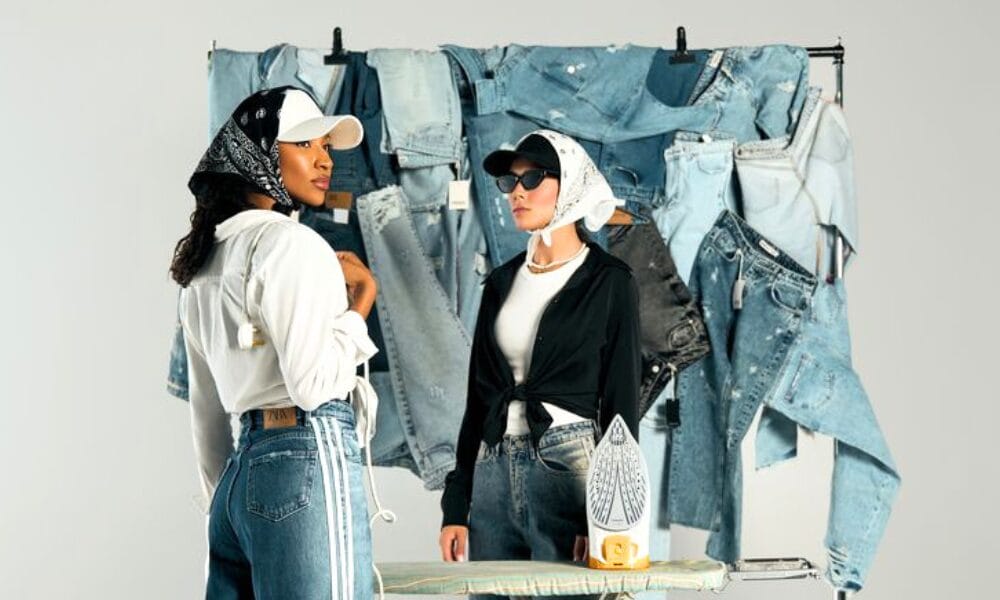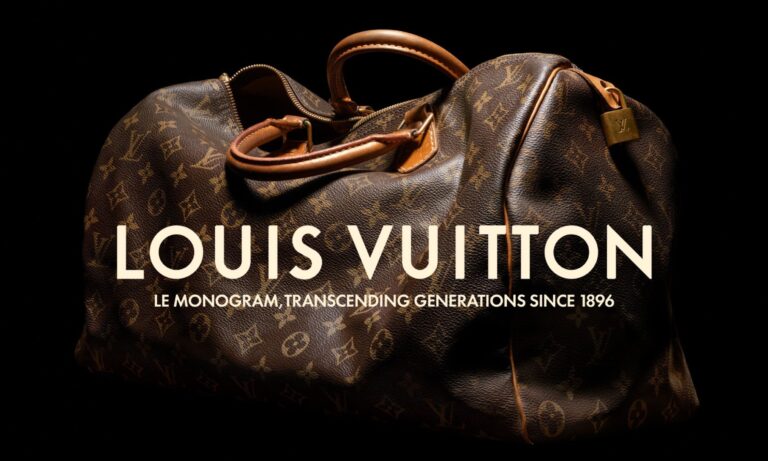The reality is Fast fashion is faster, cheaper, and trendier than ever. Economically, the majority of individuals do not fall under the economic bracket where they can afford luxury frequently. Taking advantage of that in 2024 brands like Shein, Cider, and Temu, referred to as the third generation of fast fashion, reshaped the apparel industry with an intoxicating blend of style and affordability. The younger generations, always chasing the next big trend, find it hard to resist the siren call of ultra-fast fashion. But while these brands claim to be “more sustainable,” the numbers tell a different story.

The fast fashion industry is responsible for a staggering 3–8% of global greenhouse gas emissions, and the problem is only growing. By 2030, our collective clothing and footwear consumption is expected to skyrocket to 102 million tonnes, up from 62 million tonnes in 2019. Despite bold sustainability claims, critics argue that many brands are simply greenwashing, a clever marketing tactic with little substance. And let’s not forget the garment workers, whose working conditions and wages have barely improved since The True Cost documentary brought them into the spotlight nearly a decade ago.

Even regulators are losing patience. The EU is stepping in with groundbreaking legislation like the Eco-Design for Sustainable Product Regulation (ESPR), which mandates circularity and eco-conscious design. Think recyclable fabrics, repairable garments, and the game-changing “digital product passport” to track the lifecycle of your clothes. The goal? A climate-neutral, circular economy. But can fast fashion ever truly align with sustainability?
SUSTAINABLE BUSINESS MODELS: RETHINKING A PATH FORWARD
The greatest sustainability hurdle for fast fashion lies in its core business model, a system driven by encouraging constant consumption. But what if fast fashion brands gave old clothes a second life? Some brands are already dabbling in donation initiatives like H&M, we see you..but it’s time to take it to the next level. Creating a dedicated section on every brand’s website for pre-loved items where customers can resell, or donate their clothes. It would be a win-win situation, sellers earn a little cash for items that might otherwise end up in a landfill, and buyers score stylish deals for a fraction of the retail price. Win-win, right?

For brands, the math makes sense too. By acquiring pre-owned goods and reselling them at slightly marked-down prices, they can tap into a whole new revenue stream and target market directly to their platforms. Plus, resale reduces the demand for new production, cutting down on material waste, packaging, and energy consumption. Bonus: it’s also a PR dream for brands wanting to show off their eco-friendly credentials.
Looking ahead, the EU’s new regulations might just force this shift. With minimum design standards for recyclability, durability, and repairability set to become law, fast fashion brands will need to overhaul their strategies. Digital product passports could be a game-changer, giving consumers transparency about where their clothes come from and how to extend their lifespan.
As the industry evolves, so must we. Let’s demand more from brands, celebrate pre-loved fashion, and channel our inner conscious consumer. If the future of fashion isn’t sustainable, is it even fashionable? The answer, we think, is a resounding no.
ALSO READ: WEARING LUXURY HOTEL MERCH IS CURRENTLY THE ULTIMATE FLEX, AND WE’RE TOTALLY HERE FOR IT.




